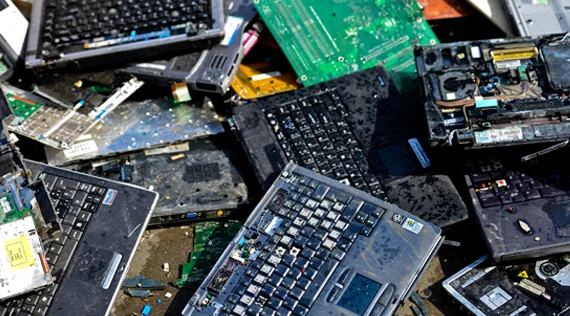The UCI study determined the carbon dioxide emissions created during the lifespan of the product, after analysing more than 1,000 life cycle analysis reports from various manufacturers.
SEATTLE (Scrap Monster): According to the results of the latest research conducted by the University of California, Irvine (UCI), greenhouse gas emissions from electronic waste surged higher significantly by 53% over the period from 2014 to 2020. Nearly 580 metric tons of carbon dioxide were emitted in 2020. Without proper regulations in place, the carbon dioxide emissions from e-waste sources are feared to touch 852 million metric tons per annum by 2030.
ALSO READ:
ITAD Major Opened Doors to its New Los Angeles Facility
Global Consumer Electronics Market Forecast to Touch $17 Billion
The UCI study determined the carbon dioxide emissions created during the lifespan of the product, after analysing more than 1,000 life cycle analysis reports from various manufacturers.
The research found that the electronic device associated with the highest emission was flat-screen television, which accounted for almost 41% of the total emissions, followed by laptops and tablets, flat-screen computer monitors, desktop computers, mobile phones, computer accessories, printers, and gaming consoles.
The study estimated that increase in the useful lifetime of information and communication technology (ICT) devices could have led to prevention of significant e-waste volumes. Also, roughly 30 million people in 32 cities across 15 countries were found exposed to serious risks of toxic e-waste.
Image and article originally from www.scrapmonster.com. Read the original article here.

